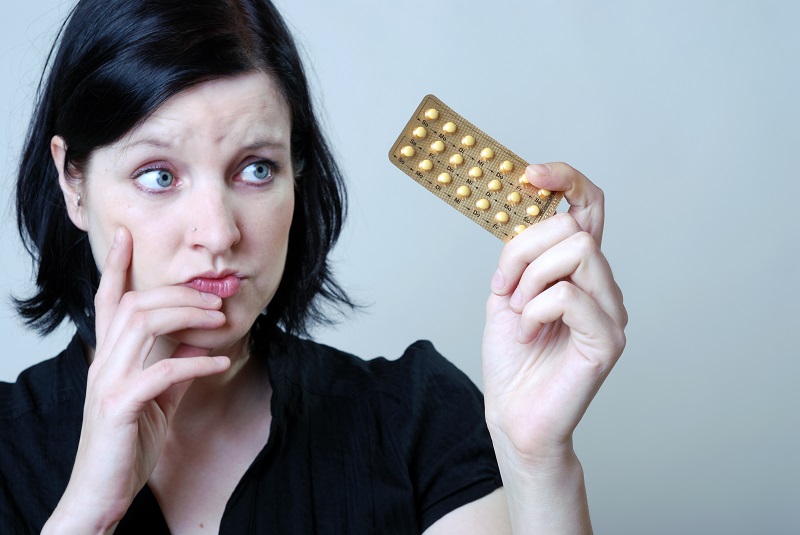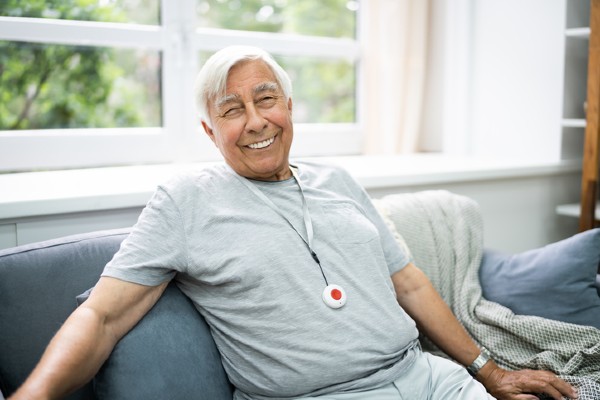The surge in interest surrounding CBD, or cannabidiol, reflects a broader shift toward natural health solutions. Derived from the cannabis plant, CBD is well-known for its potential therapeutic benefits without the psychoactive effects associated with THC. Ongoing scientific research reveals that CBD interacts with the body’s endocannabinoid system. Studies suggest that CBD may offer benefits for conditions ranging from chronic pain and inflammation to anxiety and sleep disorders.
However, using CBD can be daunting for first-time users. With an array of products and varying legal regulations, it is essential to approach CBD with a well-informed perspective.
Understanding CBD
The cannabis plant contains more than 100 cannabinoids, including cannabidiol (CBD). Unlike THC (tetrahydrocannabinol), CBD does not produce a psychoactive “high.” Instead, it is renowned for its potential therapeutic properties, which have garnered significant scientific and public interest. The cannabinoid CBD can be derived from either hemp or marijuana plants. Hemp-derived CBD is more widely accepted due to its low THC content.
The endocannabinoid system (ECS) is a complex cell-signaling system discovered in the early 1990s by scientists studying THC. The endocannabinoid system functions in the body regardless of cannabis use. According to Moon Mother Hemp Co, the ECS bridges the bacteria and the body, forging a mutually beneficial relationship when one uses CBD. It oversees various functions and behaviors, including sleep, emotions, appetite, and memory. CBD interacts with the ECS, potentially influencing these processes by binding to cannabinoid receptors in the body.
Different Forms of CBD Products
One of the most commonly used types is CBD oil or tincture. These are typically administered sublingually (under the tongue) for quick absorption into the bloodstream.
Edibles, such as CBD gummies and capsules, provide a convenient and discreet way to consume CBD. They come in pre-measured doses, making it simple for users to track their intake. However, edibles must pass through the digestive system, which can delay the onset of effects.
Topicals, including creams, balms, and lotions, are designed for external application directly onto the skin. The way they function involves interaction with cannabinoid receptors in the skin, providing relief without entering the bloodstream.
Lastly, vaping and inhaling CBD is another popular method, offering rapid onset of effects due to the direct entry of CBD into the bloodstream through the lungs.
Understanding CBD Types
Choosing the correct type of CBD product is crucial for ensuring you get the desired effects. It’s essential to understand the differences between full-spectrum, broad-spectrum, and isolate CBD.
Full-Spectrum CBD
This type of CBD contains all the naturally occurring compounds found in the cannabis plant, including cannabinoids, terpenes, flavonoids, and a trace amount of THC (usually less than 0.3%). Combining these compounds can produce the “entourage effect,” where the compounds work synergistically for enhanced benefits.
Broad-Spectrum CBD
It also includes multiple cannabinoids and terpenes found in the cannabis plant but without THC. This CBD variety is perfect for individuals who want to avoid THC but still want to experience the entourage effect’s benefits. Broad-spectrum products are an excellent middle ground, providing the benefits of multiple cannabis compounds without the presence of THC.
CBD Isolate
The most potent form of CBD, known as CBD isolate, contains only pure cannabidiol without any other cannabinoids, terpenes, or flavonoids. This type is ideal for individuals who are sensitive to other cannabinoids or who prefer a product with no THC. CBD isolate is also a good choice for those who need to take higher doses of CBD without ingesting any other compounds from the cannabis plant.
How to Use CBD Safely
Determining the appropriate dosage of CBD is essential for maximizing its benefits and minimizing potential side effects. The right dose can vary significantly from person to person, influenced by factors such as body weight, metabolism, the severity of the condition being treated, and individual body chemistry.
Recommended Starting Dosages
It’s generally recommended for beginners to start with a low dose and gradually increase it. Starting with 5-10 mg of CBD per day is a typical recommendation, as this helps your body acclimate and enables you to assess its impact. Once you are comfortable, slowly increase the dosage in small increments, such as 5 mg weekly, until you achieve the desired effect.
How to Gradually Increase Dosage
Increasing your CBD dosage should be done gradually to monitor how your body responds. Remember to keep a journal to document your dosage, the timing of your intake, and any effects or side effects you experience. This systematic approach helps find the optimal dose that provides maximum benefits with minimal adverse effects.
Potential Side Effects and Management
While CBD is generally well-tolerated, some individuals may experience side effects such as dry mouth, dizziness, changes in appetite, or gastrointestinal discomfort. Consider lowering your dosage or consulting with a healthcare professional if side effects occur. It’s also important to stay hydrated and take CBD with food to help minimize these effects.
Interactions with Other Medications
The use of CBD may result in interactions with specific medications, especially those metabolized by the liver’s cytochrome P450 enzyme system. This interaction can either increase or decrease the concentration of these medications in your bloodstream, potentially leading to adverse effects. If you are taking any prescription medications, it is crucial to consult with your healthcare provider before starting CBD to ensure it is safe and appropriate for your situation.
Legal and Regulatory Considerations
In many countries, hemp-derived CBD with less than 0.3% THC is legal, whereas marijuana-derived CBD often faces stricter controls due to its higher THC content.
In the United States, the 2018 Farm Bill legalized hemp-derived CBD federally, but state laws can differ significantly. Some states have specific regulations regarding the sale, possession, and use of CBD products, so it’s crucial to familiarize yourself with local laws to ensure compliance.
In the UK, it is legal to sell CBD products if they have a THC content of no more than 1mg per product and if they originate from industrial hemp strains authorized by the EU. The products must also meet strict standards for quality and safety.
Purchasing from reputable sources is vital to ensure product quality and legality. Look for brands that provide third-party lab testing results and clear information about their sourcing and manufacturing processes. This transparency helps ensure you get a legal, safe, and high-quality product.
Wrapping Up
Understanding CBD can be complex, but it can be a valuable addition to your wellness routine with proper understanding and careful consideration. Always consult with healthcare professionals, start with low doses, and ensure you choose high-quality products from reputable sources to experience the potential benefits safely and effectively.










Leave a Reply